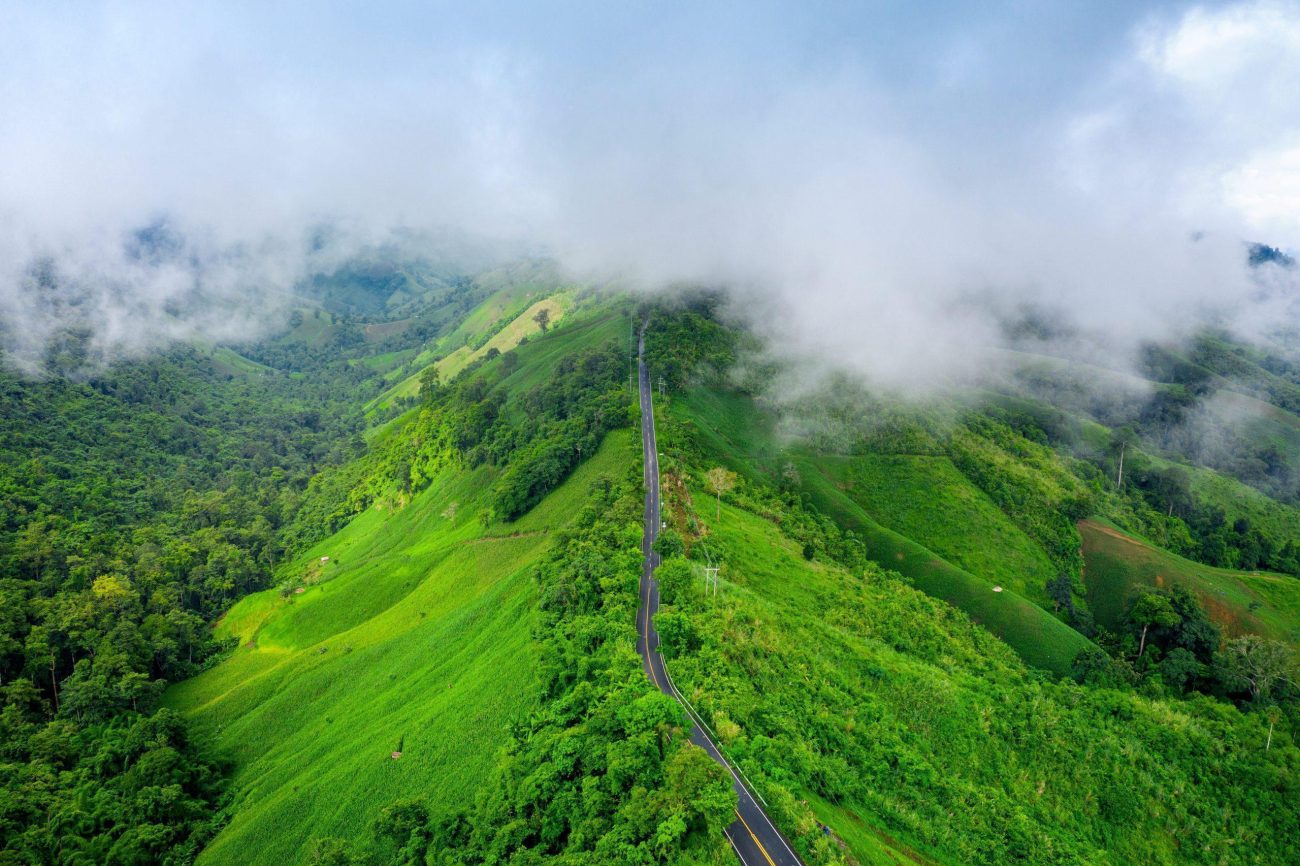GUIDE TO EV ROAD TRIPS
Introduction:- Road trips have become common among many family and friend circles over the last few years. They are a getaway from the hustle-bustle of the concrete jungle. Introduction of evs to the Indian market opened up

Introduction:-
Road trips have become common among many family and friend circles over the last few years. They are a getaway from the hustle-bustle of the concrete jungle.
Introduction of evs to the Indian market opened up yet another reason to tour and explore with running cost dropping several times that of an ICE (Internal Combustion Engine) car. Nonetheless they do have some limitations which if not accounted for may land the owner in dicey situations. These limitations are what predominantly make most ev cars urban cruisers.
This need not always be the case as with proper planning and precautions you can munch up miles in an EV like no other. Although you have to accept the fact that a road trip over the same route will take more time for an electric car than an ICE car (difference in time for Refueling and Recharging is quite significant).
PLANNING AND PREPARING:
Planning for a long trip goes without saying but it is an absolute for an electric car with some extra steps involved too. Be sure to plot EV charging stations which are in the proximity of restaurants, malls, hotels, or any place where you would choose to stop for an hour or two. Another pro tip is know how long your car takes to charge. This will ensure you have time to kill while your car tops up.
It is possible you run into a non-operational or faulty station due to inaccurate listings online. Hence it is important to confirm the credibility of charging stations’ listing online either by calling concerned executives or checking genuine reviews. Online tools like Plug Share make this process easier and have dedicated trip planning tools.
INSTALL CHARGING APPS:
The charging stations you choose will mostly require payment in the units of rupees/kwh. If you encounter a station from a new company you may have to download their app. Downloading and signing up for the apps beforehand can remove hassle.
CARRY AN EXTENSION CORD:
This is more of a precautionary measure than an essential. You may find yourself devoid of public charging stations on your way to your destination. Then your last option would be charging using the 15A wall charger which takes almost a day to fully charge for most cars. These wall sockets may not always be in the most convenient places so an extension cord will come in handy.
GET AN RFID CARD:
This is specific if you are planning to travel to regions with really poor or no internet connection. UPI/mobile related transaction often need a stable internet.
RFID cards solve this problem as you can simply tap and proceed with the transactions at chargers. Although you have to apply for separate RFID cards for different chargers, it is infinitely better than getting stuck with a charger and no way to activate it.
TAKE IT EASY:
As said earlier you have to accept that EVs take longer than petrol or diesel cars to reach their destinations on long trips.
Don’t push yourself and your car to a tight deadline and ease yourself into a whole day or two for reaching the set destination.
Never be put off by these facts and look on the brighter side of significantly lower travel expenses and a silent peaceful ride.
Since EVs don’t have gears they are less efficient on the highway than on city roads. 70-80km/h is a sweet spot for most mid-range EVs for that maximum range and steady coverage of kilometers. The faster you push the car the faster the battery with drain. Make efficient use of the cruise control in your car. Regenerative braking can be very useful if you find yourself travelling downhill in ghats and hilly areas. At higher speeds it basically converts the kinetic energy gained during gradual slowing down of the car when left off the throttle to electrical energy making it more efficient



